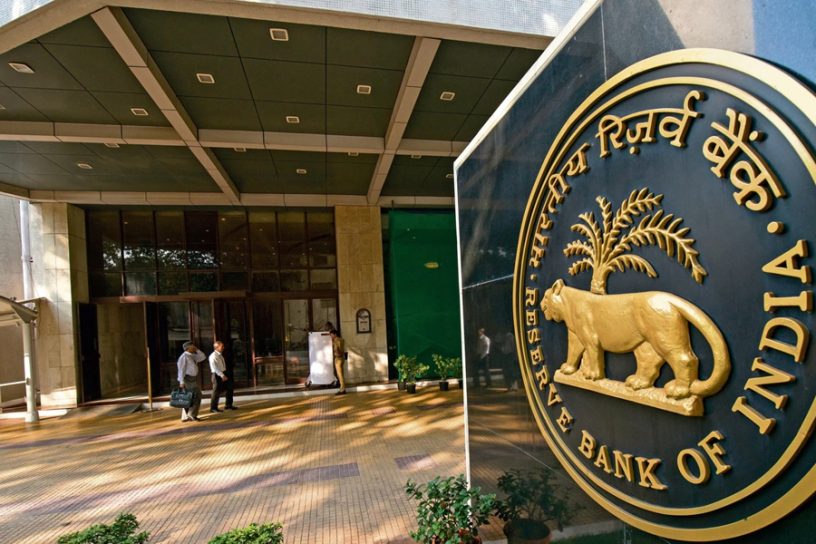
The RBI can ill-afford to reverse the catch-up game on rate hikes as the economy’s bandwidth to absorb sharp and sudden shocks is limited.
Authors
Amarendu Nandy, Assistant Professor, Indian Institute of Management–Ranchi (IIM–Ranchi), Jharkhand, India.
Abhisek Sur, Assistant Professor, Jindal Global Law School, O.P. Jindal Global University, Sonipat, Haryana, India.
Summary
The March CPI inflation numbers are out, and in retrospect, RBI’s recent stance of a ‘pause’ in repo rate hikes suddenly appears pragmatic. CPI inflation declined to 5.66 per cent in March, the lowest inflation print since December 2021. Core inflation, or the ex-food ex-fuel inflation, has also eased to 5.8 per cent, seemingly validating the RBI’s status quo stance.
Will the latest numbers prod the central bank to ‘pivot’? While the urge to gravitate to such a stance will undoubtedly be high, the RBI may need to tread cautiously. Why so?
First, one can clearly attribute the recent easing in headline, core, and food inflation to a favourable base effect. Notwithstanding a month-on-month fall in headline CPI, retail inflation continues to breach the RBI’s medium-term target of 4 per cent by a significant margin for 42 consecutive months now. Disaggregated numbers reveal that inflation in subsistence items like cereals, pulses, fuel, and clothing is still quite high on a YoY basis. Rising milk prices (12 per cent YoY) and the recent 12.12 per cent price hike in essential drugs shall fuel inflation and feed into inflationary expectations.
Food inflation
Moreover, unseasonal rainfall, particularly in the northern States, threaten to adversely impact food inflation and the CPI (food basket accounts for 40 per cent weightage) in the near term. Coupled with this, the effect of El-Nino conditions predicted in the second quarter can not only feed into long-term inflationary expectations, but with core inflation remaining high and relatively sticky (above 6 per cent for past two years with a marginal decline in March), disruption to agricultural production will affect headline inflation.
Second, given the easing of prices, the urge to pivot could be to boost investments and growth. However, higher private investments depend on, among other things, sustained growth in consumption demand and better consumer sentiments. Depressed consumption demand, particularly the current tail-off in discretionary spending, is primarily due to the inflationary pressures in the economy, which still persists.
Published in: The Hindu Business Line
To read the full article, please click here.


